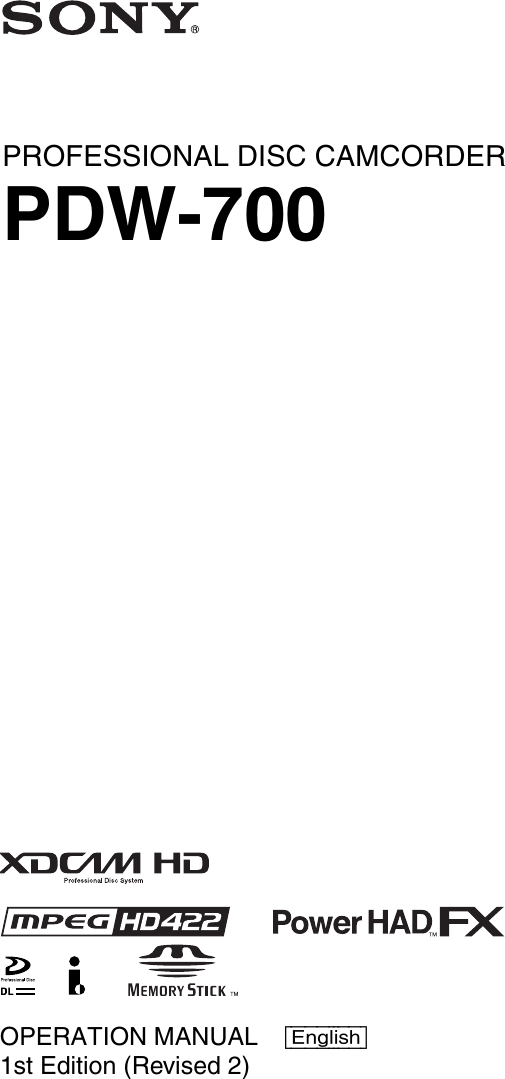
- EXTREME SAMPLE CONVERTER REGISTRATION CODE HOW TO
- EXTREME SAMPLE CONVERTER REGISTRATION CODE REGISTRATION
- EXTREME SAMPLE CONVERTER REGISTRATION CODE CODE
The website will show you whether the number is valid or not.
EXTREME SAMPLE CONVERTER REGISTRATION CODE REGISTRATION
You must simply select the country where the business is situated and then enter the registration number you want to check. You can also validate a VAT number by accessing the European commission VIES website. The VIES service was established to address the growing threat of fraud.
EXTREME SAMPLE CONVERTER REGISTRATION CODE HOW TO
How to check if a UK VAT number is correct?Ī UK VAT number is not a ‘random’ set of numbers – there is a formula that allows you to identify whether the VAT number is valid or not.

CZ – Czech Republic – 8, 9 or 10 characters.CY – Cyprus – 9 characters – last character always a letter.BE – Belgium – 10 characters (9 prior to April 2005).



All the countries in the EU with the two letter country codes are:
EXTREME SAMPLE CONVERTER REGISTRATION CODE CODE
For example, for Denmark, the first two digits of the VAT code are DK. EU (European Union) VAT numbers consist of 15 digits-long alphanumeric characters, with the first two letters indicating the country of the registered business. For example, for Great Britain (UK), the first two digits of the VAT code are GB. What is a VAT number?Ī UK VAT number is nine (9) digits long, with two letters at the front indicating the country code of the registered business. There are a couple of websites where you can find company VAT Numbers: search for UK company VAT numbers and check whether an EU VAT number is valid or not. Businesses can find their VAT number on their VAT registration certificate issued by HMRC. VAT registration numbersĪ VAT-registered number is a unique identification issued to businesses that are registered to pay VAT. It is a tax charged by the seller to consumers and businesses that other VAT-registered businesses can reclaim from HMRC. It is a 20% sales tax levied on most goods and services except postage stamps, financial transactions and property transactions.


 0 kommentar(er)
0 kommentar(er)
